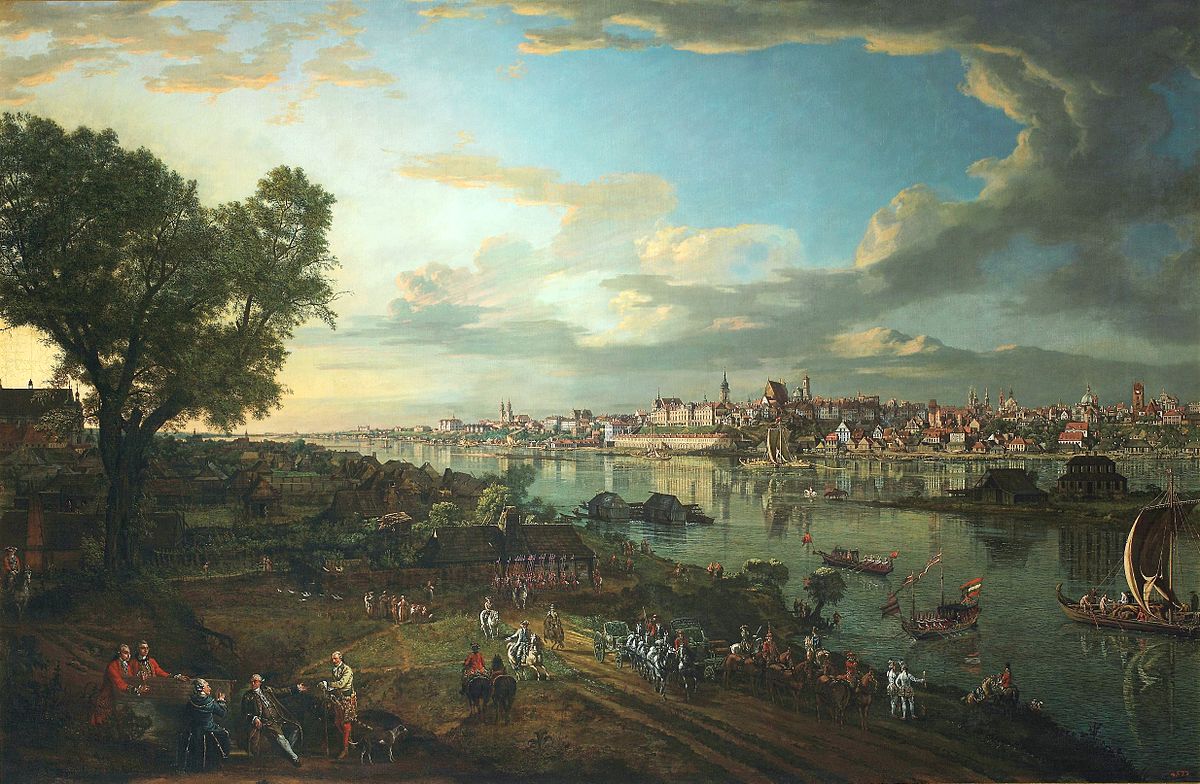The current European Commission public consultation is about ancillary copyright as well as the ‘panorama exception’ (nobody seems to understand why these two were combined in a single consultation process). Freedom of panorama refers to the legal right to take and share photos, video, and images of architecture, sculptures and other works which are located in a public place. We think that the freedom of panorama should be mandatory across the EU for both noncommercial and commercial purposes. Since the issue is now on the table, it’s important that any outcome supports the commonsense right to take and share images of objects in public places.
Everyday activities should not be limited
The sharing of photos taken in public places is a commonplace activity that should not be regulated by copyright. The issue of freedom of panorama was also discussed in the Reda report. An amendment was introduced by Jean-Marie Cavada to restrict freedom of panorama to only non-commercial uses, but a huge protest from citizens, photographers, and civil society organisations—including a Change.org petition that received over 500,000 signatures—helped remove the amendment from consideration.
But this didn’t stop the Commission from reopening the issue in its most recent consultation when it asks, “What would be the impact on your activity of introducing an exception at the EU level covering non-commercial uses of works, such as works of architecture or sculpture, made to be located permanently in public places?”. Implementing a distinction between commercial and non-commercial use of images covered under the panorama exception will muddy any legal certainty for citizens engaged in taking and sharing images. What does “commercial use” mean? Is it related only to payments for direct use of a photograph? Would images that appear on a website that also contains online advertising automatically considered to be a commercial use? Would Wikipedia be considered a commercial project because it also asks for individual donations on its site? Could a user publish a photo on a for-profit social media platform?
Poland, Germany and several other EU member states have already implemented a broad exception for freedom of panorama without limiting use to non-commercial purposes only. Any copyright reform at the EU level should not limit already-existing rights of users granted by member state implementations. Moreover, a recent Swedish Wikimedia case showed us that this exception should not be limited. In this case, the freedom of panorama was limited to offline use only; online sharing of the images was forbidden, even for noncommercial uses.
Why support a broad a mandatory exception for Freedom of Panorama?
We believe that public spaces are part of the commons and something we all can use and benefit from. We should all be allowed to take and share photos of public objects in public places. Without such a right, access to our shared culture will be further restricted by rights holders. If we want to champion our collective European cultural legacy, supporting freedom of panorama is a good step in the right direction.

COMMUNIA advocates for legal clarity and simplicity of the copyright framework, and introducing a EU-wide exception for freedom of panorama will help. An exception that works across the EU is preferable to a fractured legal environment—where each member state implements its own interpretation of a regulation within their national legal framework (as is the case now regarding the InfoSoc Directive (article 5(5)). When member states adopt slightly different versions of a law, it frustrates citizens and users, who are confused about whether they might find themselves in trouble with the law if they try to publish photos online from a holiday abroad. We also see a social value in being able to share and use photos of public spaces, buildings, and sculptures in educational and cultural projects.People should already have the right to take and share images of public art. Adopting a broad freedom of panorama validates users’ everyday activities and typical expectations of what they should be able to do with the works they create
Make your voice heard!
We encourage you all to show support for a strong, mandatory freedom of panorama exception in Europe. COMMUNIA will be responding to the public consultation process, and you can provide your feedback too. Responses to the Commission’s survey must be received by 15 June, and you can check out how to answer the questions with the guide at http://youcan.fixcopyright.eu/. And what is also very important, advocate for a new exception on your national level – remember that member states have a lot to say in ongoing copyright reform.

